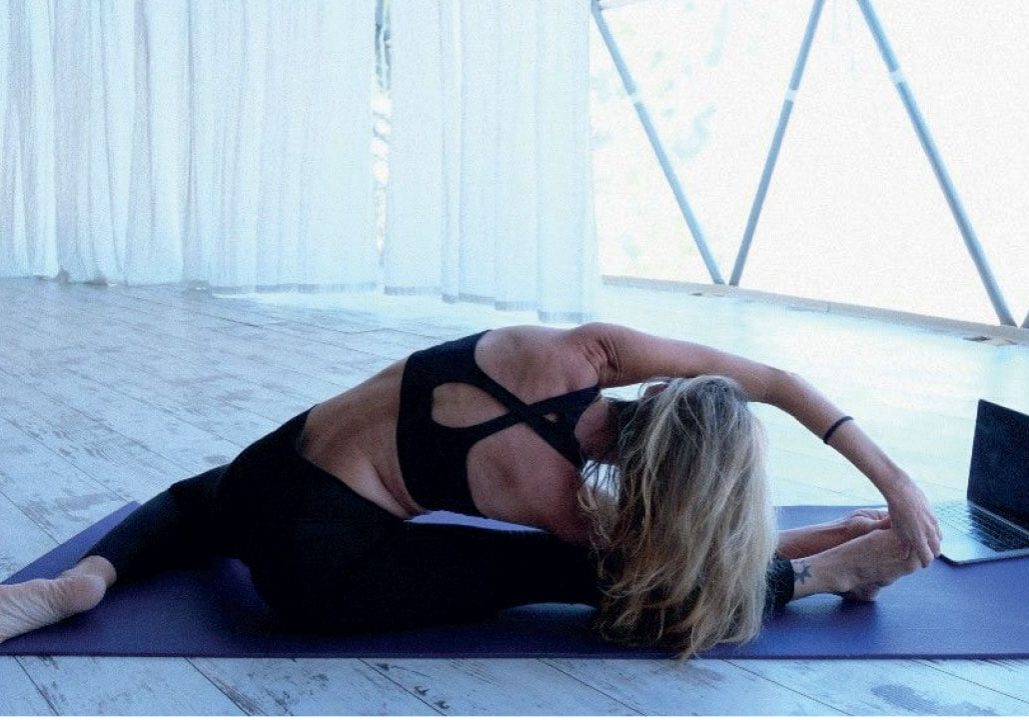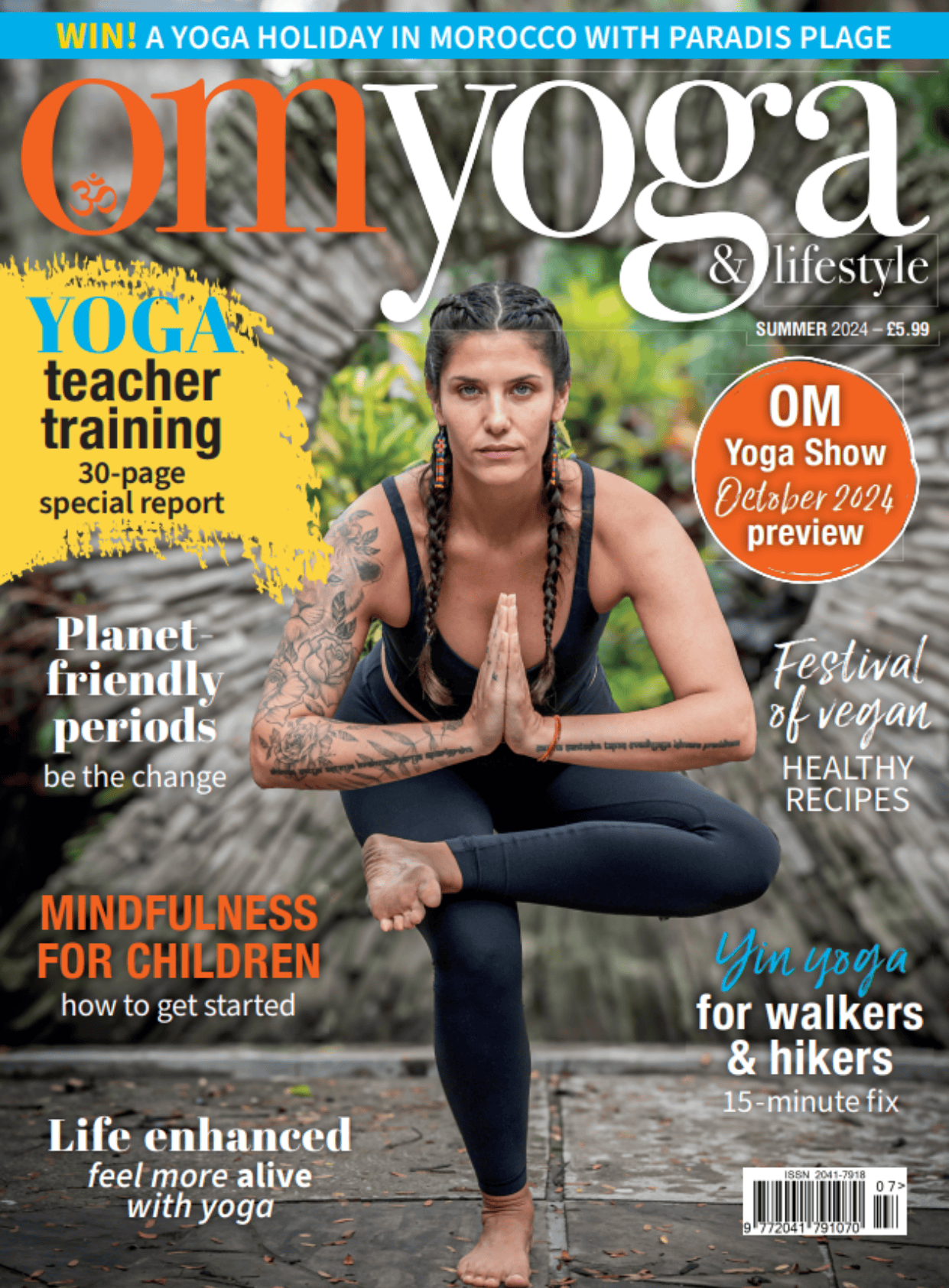
Question Everything
What is the right yoga teacher training for you? Here are seven things to consider. By Vidya Heisel
Reading time: 3 minutes
1. The length and format of the training How do you like to study?
Some people enjoy studying intensively in an immersion, others prefer to study slowly, over time. Maybe you can’t do an immersion because of work commitments. But if you can spare the time, then ask yourself if you would do well in an intensive experience. Some thrive on intensive courses, while for others it can be overwhelming. If you’d like to get it done quickly, thinking and breathing yoga for three or four weeks straight, then this might be your best choice. Either way you will need to keep studying, learning and growing over time.
2. How experienced are the lead teacher and their team?
In a market saturated with teacher trainings, you’ll need to carefully research a course and its teachers. Read carefully through the training website and the teachers’ bios. If someone has not been teaching for a long time, they may not be very experienced. If the training itself hasn’t been around long, then it may be more risky as it hasn’t passed the test of time or been refined by feedback and experience. Look for a training that has been running for a number of years. The longer the better, as the training has likely become polished by time. Check how many graduates are out in the world, with successful teaching careers. If you really like one of your teachers ask them where they trained.
3. The style of yoga you want to teach
Make sure you choose a style you like. Vinyasa flow, for example, can mean different things from power yoga, to slow juicy flow with a lot of alignment cues. Try to attend, or watch online, a class led by the lead teacher. Speaking to another graduate of the training can also be helpful. You should be able to talk to someone from the organisation on the phone and ask questions to decide if the training is right for you. Also, be aware that if the training is offering a plethora of styles, that could be too much for a 200-hour training. Learning one style is difficult enough. You can always supplement your training with other styles later.
4. How much does it cost and is it worth the investment?
Of course you must consider the price and make sure it’s within your budget, however, be aware that, as far as trainings go, cheaper is not necessarily better. You may have to pay a little more for a quality training. There are also trainings out there that try to attract students by asking very low prices. Attending a course in India, for example, doesn’t necessarily mean the training will be good. Although India is the birthplace of yoga, asana practice has recently developed a lot more in the West, with a stronger anatomical basis and new styles, such as vinyasa flow. This is a generalisation, just make sure you do your due diligence carefully. It might be worth saving a little longer and taking a really comprehensive and well-established quality training. After all, this is a once in a lifetime investment and a potential career change, so you want to make sure you make the right choice.
5. What is the general slant of the training?
Every training emphasises different things, based on the knowledge of who is leading it. Try to match the particular emphasis of the training to your own interests. Are you more interested in a strong anatomical foundation to the practice or are you interested in going more deeply into the philosophy? Some trainings have a more psychological basis and some more playful.
6. Where will you be staying if it’s residential?
If doing an Intensive, where is it? What is the accommodation like? What is the food like? If you are going to go somewhere to study intensively it’s not going to be a holiday, so you may not get to enjoy the local scenery or cultural attractions, you will spend most of the day in the yoga hall. Find out about the meals you will be served and the accommodation you’ll stay in. You want to be able to sleep well and be in a warm, comfortable and supportive environment. Read reviews.
7. Is there a possibility for mentorship and continuing education?
What happens after the training? Can you stay in touch with the teachers? Can you ask questions when they come up? Is there a formal way of getting mentorship? Does the school offer networking and continuing education?
Vidya Heisel is the founder of Frog Lotus Yoga Teacher Training (froglotusyogainternational. com) which hosts regular teacher training courses at Suryalila Retreat Centre in Andalusia, Spain (suryalila.com)


